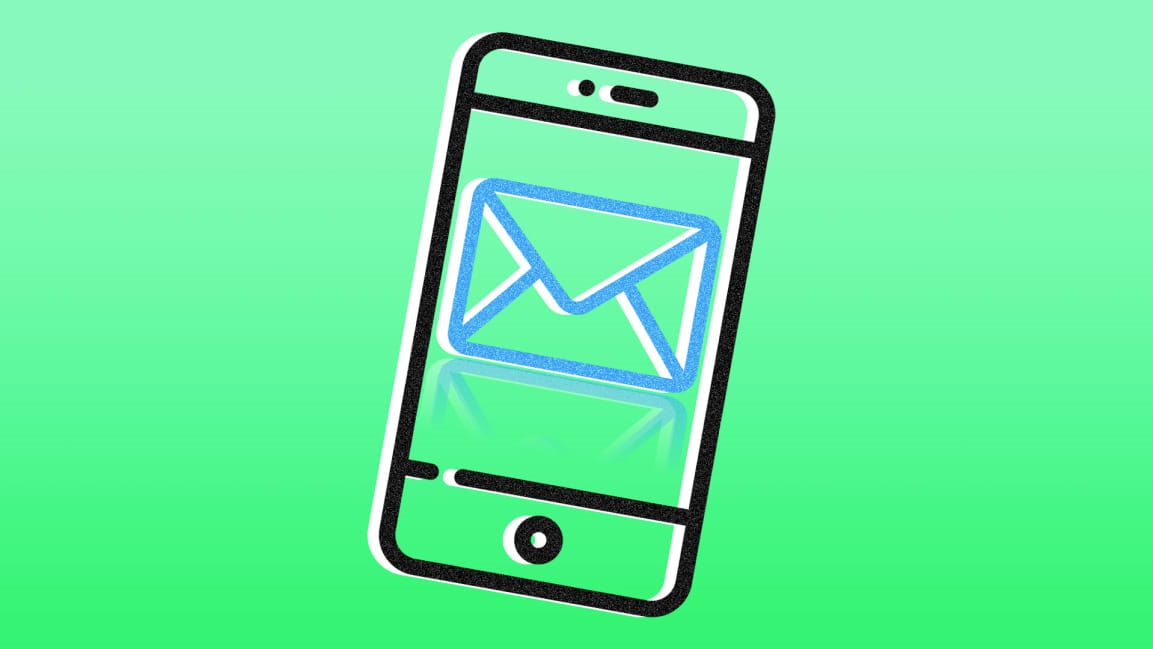6 lessons I learned by doing a paid newsletter for a year
Last year, after nearly a decade of freelance tech journalism, I took a leap of faith and launched a paid subscription newsletter.
The free newsletter I’d been writing for the previous two years, Cord Cutter Weekly, had built up a healthy audience of more than 11,000 subscribers. In surveying and talking to my readers, I sensed some demand for a separate newsletter that covered broader tech topics, but with a focus on tips and advice. Advisorator was born in May 2018 as a $5 per month or $50 per year subscription service.
One year later, Advisorator is a modest success with nearly 200 subscribers. That’s enough to take some meaningful pressure off the monthly freelance grind, and it continues to grow every month. Plus, I love putting it together.
It’s also been a great learning experience. Paid subscription newsletters are a weird new breed of journalism, whose small audiences run counter to everything we’ve known about how online publications should work and the conventional wisdom that scale is essential. And while they’re starting to catch on, the territory still feels largely uncharted. Here’s what I’ve learned from a year of doing one myself:
Freedom is the best part
Writing for Fast Company, TechHive, and PCWorld, I’m fortunate to have a long editorial leash. The relationships I have with my editors stretch back for years, so the odds of having a decent story idea shut down are pretty low.
Still, nothing compares to the freedom of running your own publication, in which people have invested specifically in hearing what you have to say. You can write stories that may be too long or too short to pitch as a freelancer, react to existing stories without feeling like you’re promoting (or insulting) a competitor, or indulge in ideas that might be a little too eccentric for other publications. So long as people continue to subscribe, you can feel confident in what you’re doing. In a way, writing a paid subscription newsletter feels a bit like blogging in the late aughts, except with a more sustainable business model.
You need a loyal audience to upsell
If not for Cord Cutter Weekly and its 17,000 readers–and if not for my editors, who’ve graciously let me promote that newsletter at the bottom of my stories–Advisorator would have been a disaster. I know this because my efforts to promote the paid newsletter in other venues have gone nowhere. I’ve tried Facebook ads, Twitter self-promotion, handing out business cards, and posting flyers around Cincinnati, where I live. I even gave a well-attended presentation on cord-cutting at my local library, which I thought for sure would net at least an Advisorator subscriber or two.
In the end, nearly every subscriber has jumped over from Cord Cutter Weekly, having become familiar with my work over time. Subscriptions in general can be a tough sell, and while I’m proud of the product itself, it just doesn’t move without an existing relationship of trust.
Access remains a challenge
While Advisorator isn’t a source of hard-hitting journalism, my tech advice coverage would benefit from being able to try out all the latest phones, computers, and other gadgets. My readership, however, is several orders of magnitude smaller than the average tech site, which puts me on the bottom of the food chain for the PR folks that loan out review units.
To some extent, I can work around this by purchasing some products myself and the knowledge I gain by reviewing products for other sites, but this approach will always have limitations. I’m not going to review a phone for Fast Company, then turn around and write another review using the same hardware for Advisorator, and it’s not feasible to buy every product that might be of interest.
The best I can do is treat the newsletter as more of a personal, behind-the-scenes perspective than an all-encompassing source of tech coverage. For other newsletters that might benefit from original interviews or event access, I imagine similar challenges will apply.
Think ahead when choosing a newsletter service
To handle subscriptions and emails, I use a glued-together system of Stripe for payment processing, Sendy for self-hosting my newsletters, and Zapier to connect Stripe customers with Sendy mailing lists. This lets me keep nearly all the subscription revenue, save for Stripe’s processing fee (2.9% plus $0.30 per transaction) and a negligible fee for Amazon SES, which Sendy uses to deliver emails.
While I’m mostly happy with this setup, part of me regrets not using a full-service paid newsletter platform such as Substack or a subscription management service like Memberful. Both eat up more of your money–Substack takes 10% on top of Stripe’s fees, while Memberful has various price tiers–but they’re also much simpler to set up, plus they allow for neat features like member-only podcasts, subscriber comment sections, and automatic archives. All of that would take a lot of work for me to develop now. Before you jump in with any particular provider, spend some time anticipating what kinds of benefits you might offer in the future.
The sprint vs. marathon truism applies
Unless you’re an internet celebrity and/or an incredible talent, launching a paid subscription newsletter probably won’t yield the overnight success of, say, Ben Thompson’s Stratechery or Judd Legum’s Popular Information. The reality for most newsletters is that even with a large audience to which you can advertise, getting them on board will be a grind. (I did find that offering a permanent discount for early subscribers helped create a nice base to build on.)
Related mini-lesson: Even with steady growth, you will sometimes lose subscribers or hit inexplicable sign-up lulls. Try your best to avoid taking it personally and getting discouraged; the flip side is that every new subscriber feels like a triumph, validating the entire endeavor.
Don’t assume what readers know
Over the last year, I’ve linked to Advisorator in almost every issue of Cord Cutter Weekly, both with an explanatory paragraph near the end of the newsletter and a big green “Get more tech advice” button at the bottom.
To celebrate Advisorator’s first anniversary, however, I wrote a longer letter to Cord Cutter Weekly readers and stuck it at the very top, while also offering a limited-time discount for new subscribers. Not only did I get more new customers that week than any period since the initial launch phase, but I also received a couple of emails from subscribers who said they weren’t aware that Advisorator even existed.
Just because you scrutinize every word that goes into your newsletters doesn’t mean readers are doing the same. Skimming, ignoring, and forgetting is normal behavior, and while there’s a fine line between being effective and annoying with advertising, it’s okay to occasionally remind people of what you’re doing in a prominent way.
(9)



